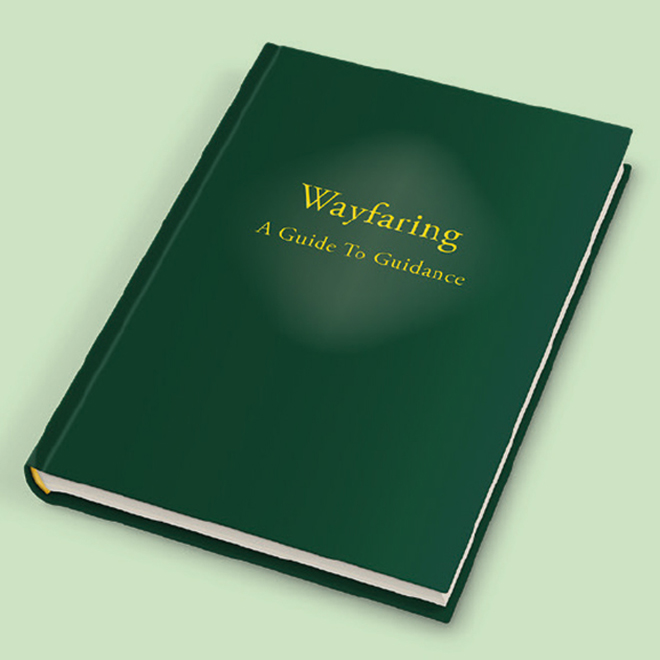Arnos Grove Underground Station. Photo: © TfL from the London Transport Museum collection.
The Puritan and the Quaker
David Burnell examines a unique relationship
The success of London Transport’s design policy was rooted in the successful professional relationship between Holden and Frank Pick, the managing director of the Underground companies, subsequently London Transport.
